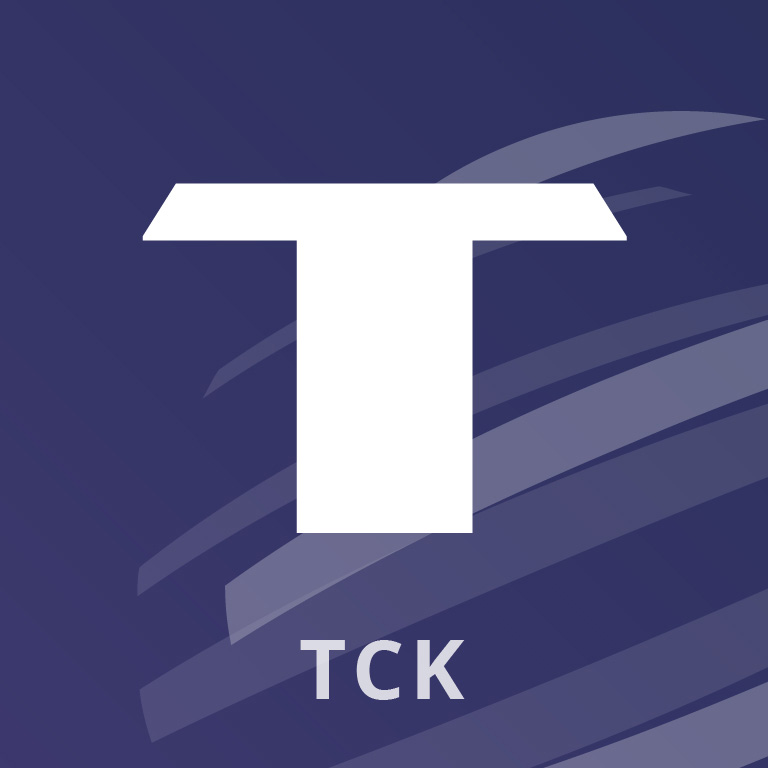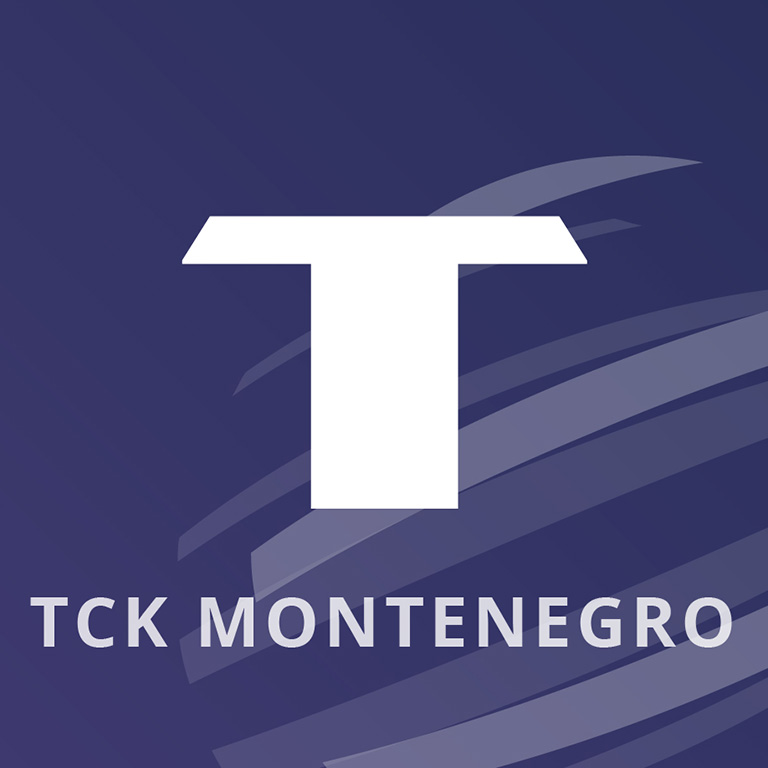<
Reporting principles
Strategic focus and future orientation
TITAN’s integrated annual report provides insight into the organization’s strategy, and how it relates to its ability to create value in the short, medium and long term and to its use of and effects on the Capitals (Financial, Manufacturing, Intellectual, Human, Social and Relationship and Natural capital). We highlight inside the report significant risks, opportunities and dependencies flowing from the organization’s market position and business model.
Connectivity of information
We aim to address the connection between financial and non-financial information in the report, in order to present a holistic picture of the combination, interrelatedness and dependencies between the factors that affect the organization’s ability to create value over time. The report provides connectivity of information throughout management reporting, analysis, and decision-making.
Stakeholder relationships
TITAN provides insights into the nature and quality of the organization’s relationships with its key stakeholders, including how and to what extent the organization understands, takes into account and responds to their legitimate needs and interests. The report presents the approach for stakeholder engagement, which ensures their feedback and provides useful insights about matters that are important to them, including economic, environmental, and social issues that also affect the ability of the organization to create value.
Materiality
A matter is material if it is of such relevance and importance that it could substantively influence the assessments of providers of financial capital about the organization’s ability to create value over the short, medium, and long term. In determining whether a matter is material, TITAN’s senior management and those charged with governance to consider whether the matter substantively affects, or has the potential to substantively affect, the organization’s strategy, its business model, or one or more of the capitals it uses or affects.
Conciseness
TITAN’s report includes sufficient context to understand the organization’s strategy, governance, performance, and prospects without being burdened with less relevant information that is redundant in nature. Disclosures about material matters include concise information supports the above. We also seek a balance in our report between conciseness and the other Guiding Principles, in particular completeness and comparability.
Reliability and completeness
The report includes all matters related to our material issues and provides both positive and negative information with respect to TITAN’s performance across all focus areas of our materiality framework, in a balanced way and without material error. The reliability of TITAN’s disclosures is enhanced by mechanisms of robust internal control and reporting systems, stakeholder engagement, internal audits and implementation of internal processes and standard operating practices, and the independent (external) assurance verification by third-party auditors. With regard to completeness, TITAN ensures that all material information has been identified with consideration given to the materiality of our sector, which was integrally part of the assessment in the last materiality cycle (2020).
Consistency and comparability
We ensure consistency of the reported disclosures by safeguarding that TITAN’s reporting policies are followed consistently from one reporting period to the next unless a change is needed in order to improve the quality of information. This includes reporting the same key performance indicators assuming they continue to be material across reporting periods. When making significant changes we promptly explain the reason and describe (and quantify if practicable and material) their effect. With regard to comparability of reported information is intended to enable comparison with other organizations to the extent it is material to the organization’s own ability to create value over time. About comparability, the information in TITAN’s report is presented in a way that enables comparison with other organizations in the same sector, following the agreed common framework of guidelines for sustainability performance in the areas of health & safety and environment, providing information according to standardized performance KPIs with common definitions across all companies in the sector and using benchmark data, such as industry or regional benchmarks.






